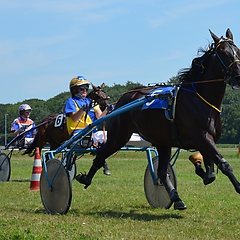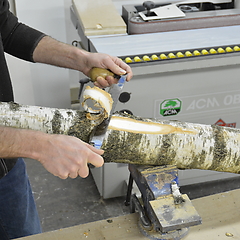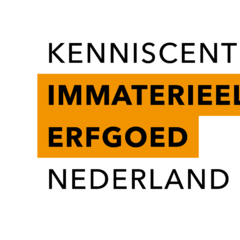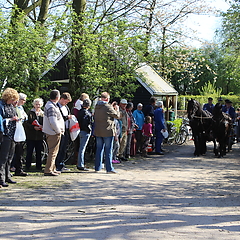Every year, on the third Monday in August, it is Lappendag (Cloth Market Day) in Hoorn. It is also the last of the ten fairdays in Hoorn. There are many visitors, particularly for the spectacular opening of the fair, with the traditional fireworks, and for Lappendag. Every day attracts people from a certain target group: parents with children, women’s eve, Pink Monday, days for the elderly. On Fair Sunday the chaplain of the fair operators leads the Eucharist on the bumper car track. More than 75 attractions, among which the newest and most spectacular ones in the Netherlands, are put up for ten days. The combination fair/historic inner town, ensures a special atmosphere. On the last day of the fair, there are 260 stands with fabrics, clothing and other merchandise. The fair gives young and old an opportunity to escape the daily activities and worries for a while. For children the fair means a dream world, for young people a world of daring and guts, for the elderly a place to meet and sometimes one of melancholy. Lappendag expresses the culture of the bargain hunters: offers that you cannot risk to miss.



